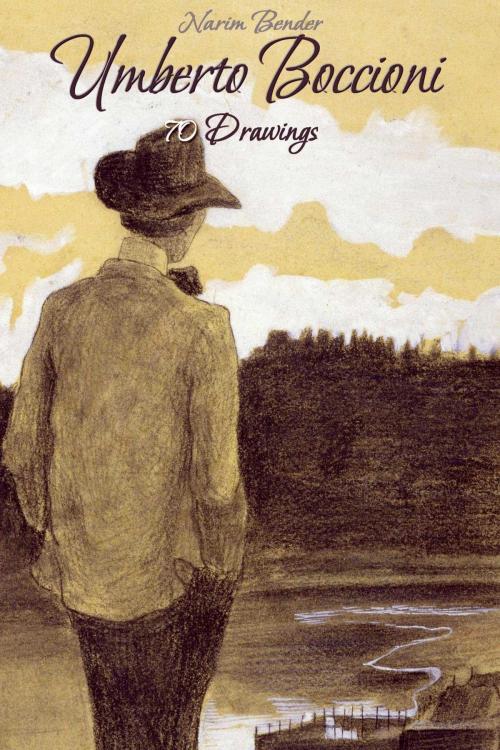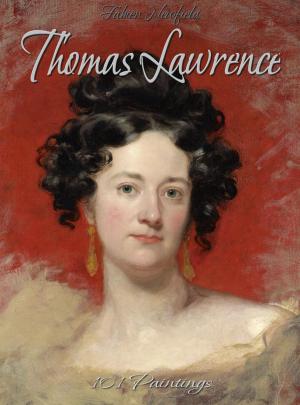| Author: | Narim Bender | ISBN: | 9782765913313 |
| Publisher: | Osmora Inc. | Publication: | April 27, 2015 |
| Imprint: | Osmora Inc. | Language: | English |
| Author: | Narim Bender |
| ISBN: | 9782765913313 |
| Publisher: | Osmora Inc. |
| Publication: | April 27, 2015 |
| Imprint: | Osmora Inc. |
| Language: | English |
Umberto Boccioni was an prominent Italian painter and sculptor who helped shape the innovative aesthetic of the Futurism movement as one of its most important representatives. Despite his short life, his approach to the dynamism of form and the deconstruction of solid mass guided artists long after his death. From 1902 to 1910 he weaves between Pointillism and Impressionism, and the influence of Giacomo Balla, and Divisionism techniques are evident in early paintings. "The Laugh", 1911, is considered his first truly Futurist work. He had fully parted with Divisionism, and now focused on the sensations derived from his observation of modern life. Beginning in 1912, with "Elasticity" he completed a series of "Dynamism" paintings. In 1914 Boccioni published his book, "Futurist painting and sculpture", which caused a rift between himself and some of his Futurist comrades. With "Horizontal Volumes" in 1915 and the "Portrait of Ferruccio Busoni" in 1916, he completed a full return to figurative painting.
In May 1916 Umberto Boccioni was drafted into the Italian Army to fight in World War I, and was thrown from his horse during a cavalry training. He died the following day, aged thirty-three.
Umberto Boccioni was an prominent Italian painter and sculptor who helped shape the innovative aesthetic of the Futurism movement as one of its most important representatives. Despite his short life, his approach to the dynamism of form and the deconstruction of solid mass guided artists long after his death. From 1902 to 1910 he weaves between Pointillism and Impressionism, and the influence of Giacomo Balla, and Divisionism techniques are evident in early paintings. "The Laugh", 1911, is considered his first truly Futurist work. He had fully parted with Divisionism, and now focused on the sensations derived from his observation of modern life. Beginning in 1912, with "Elasticity" he completed a series of "Dynamism" paintings. In 1914 Boccioni published his book, "Futurist painting and sculpture", which caused a rift between himself and some of his Futurist comrades. With "Horizontal Volumes" in 1915 and the "Portrait of Ferruccio Busoni" in 1916, he completed a full return to figurative painting.
In May 1916 Umberto Boccioni was drafted into the Italian Army to fight in World War I, and was thrown from his horse during a cavalry training. He died the following day, aged thirty-three.















